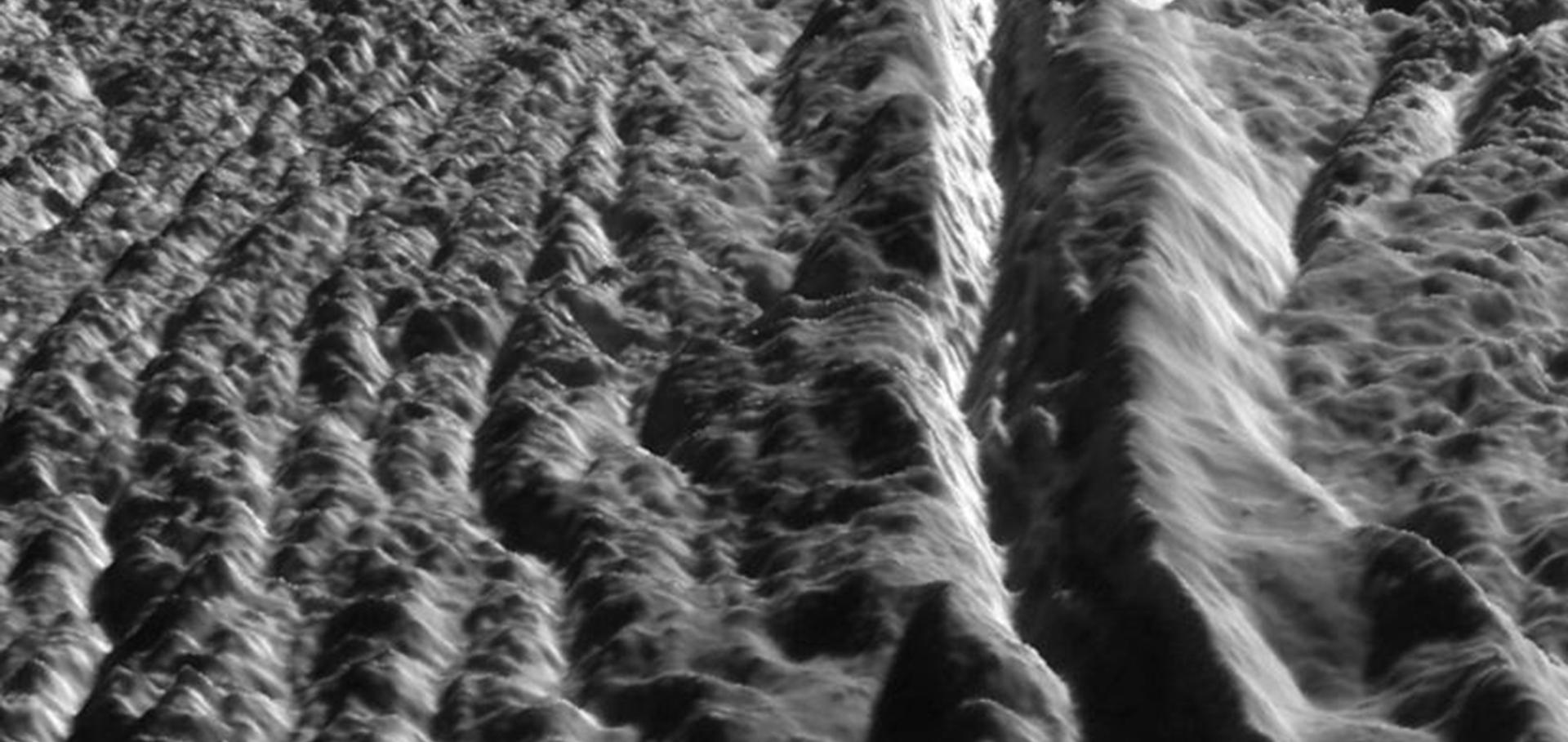Thermal-IR Observations of (152830) Dinkinesh during the Lucy Mission Flyby
The Planetary Science Journal American Astronomical Society 6:7 (2025) 168
Abstract:
NASA’s Lucy spacecraft flew by the main-belt asteroid (152830) Dinkinesh on 2023 November 1, providing a test of its instruments and systems prior to its encounters with the Jupiter Trojans and enabling an opportunity for scientific investigation of this asteroid. Analysis of disk-integrated radiance spectra of Dinkinesh collected by the Lucy Thermal Emission Spectrometer (L’TES) instrument during the close approach reveals a thermal inertia for Dinkinesh of 91 ± 24 J m−2 K−1 s−1/2 and a surface roughness of 35° ± 7° rms slope. These values for the thermal inertia and surface roughness are comparable to values derived for other small S-type asteroids such as (65803) Didymos. The Dinkinesh flyby also provided the opportunity to develop new techniques for extracting data when the target body does not fill the field of view of the L’TES instrument, which proved challenging for predecessors of this instrument such as OTES on OSIRIS-REx. The grain size of the regolith of Dinkinesh, estimated to be r=1.2−0.6+0.9 mm, is below expected trends with size but is comparable to that of similarly sized asteroids that are either binaries or may have undergone rotational fission in the past. These findings imply that fine-grained materials are being preferentially retained on the primaries of multiple systems, either by cohesive forces or by redeposition after impact events on the secondaries.Constraining the Mass and Energy of Enceladus’ Dissipation Systems
Space Science Reviews Springer 221:5 (2025) 56
Abstract:
NASA’s Cassini mission revealed endogenic activity at the south pole of Saturn’s moon Enceladus. The activity is concentrated along four fractures in Enceladus’ ice shell, which are much warmer than their surroundings and the source of Enceladus’ plumes. This work provides a review of the current state of knowledge of the energy and mass lost by Enceladus through this activity. Specifically, we discuss the composition of the plumes, along with their spatial and temporal variation. The mass flux loss predicted for the three plume constituents (gas, dust and charged particles) is reviewed and a total mass flux of ejected material that subsequently escapes Enceladus is estimated to be 2.1×1011 kg over a Saturn year. Given that Enceladus’ ocean is predicted to be 1019 kg this loss is sustainable in the very long term (∼1.5 billion Earth years). However, unless a resupply mechanism (such as serpentinization) exists molecular hydrogen is expected to be depleted within ∼1 million Earth years. The difficulty in determining Enceladus’ current heat flow is outlined, along with the advantages and disadvantages of the various techniques used to derive it. We find a robust lower limit for Enceladus’ exogenic production is 7.3 GW. Tidal heating models show endogenic emission of this level is sustainable, and Enceladus may have long-term near-surface heating (a result supported by studies of Enceladus’ geology). Finally, we offer suggestions for future observations, instrumentation, and missions. Enceladus remains a high-priority target for NASA, and as such it is highly likely that we will return to study this enigmatic world. Hopefully these missions will answer some of the questions that remain.Lucy L′Ralph In-flight Calibration and Results at (152830) Dinkinesh
The Planetary Science Journal IOP Publishing 6:1 (2025) 7
Abstract:
The L’Ralph instrument is a key component of NASA’s Lucy mission, intended to provide spectral image data of multiple Jupiter Trojans. The instrument operates from ∼0.35 to 4 μm using two focal plane assemblies: a 350–950 nm multispectral imager, Multi-spectral Visible Imaging Camera (MVIC), and a 0.97–4 μm imaging spectrometer, Linear Etalon Imaging Spectral Array (LEISA). Instrument calibration was established through ground testing before launch and has been monitored during cruise utilizing internal calibration sources and stellar targets. In-flight data have shown that the instrument thermal performance is exceeding expectations, allowing for early updates to LEISA radiometric and pointing calibrations. MVIC radiometric performance remains stable more than 3 yr since launch. The serendipitous identification of a new flyby target, (152830) Dinkinesh, allowed testing of instrument performance and interleaved LEISA and MVIC acquisitions on an asteroid target. Both MVIC and LEISA obtained data of Dinkinesh and its moon, Selam, demonstrating that they show good spectral agreement with an S- or Sq-type asteroid, along with evidence of a 3 μm absorption feature.Observations of Uranus at High Phase Angle as Seen by New Horizons
The Planetary Science Journal American Astronomical Society 5:12 (2024) 267
Observations of Uranus at High Phase Angle as Seen by New Horizons
(2024)

